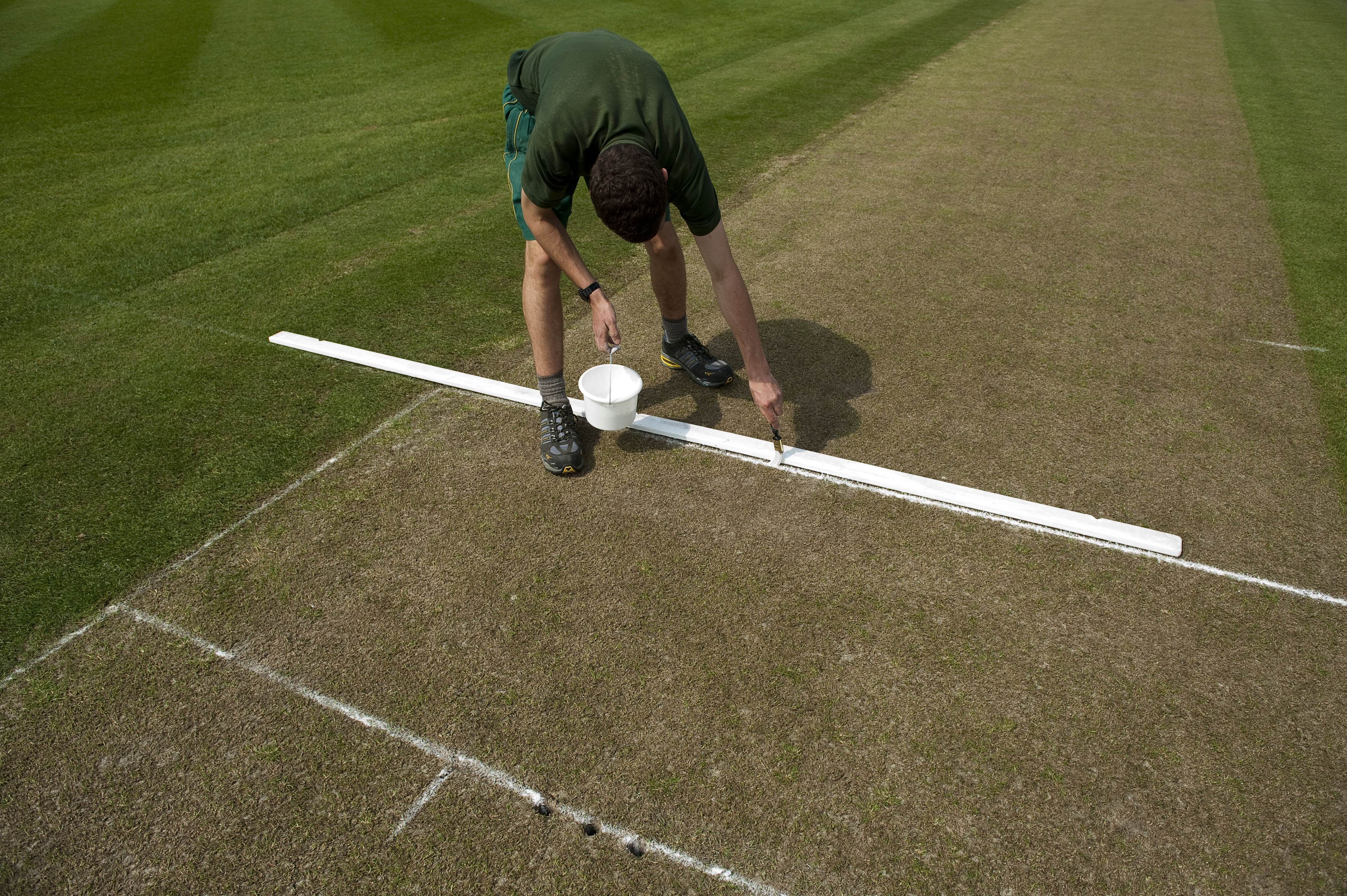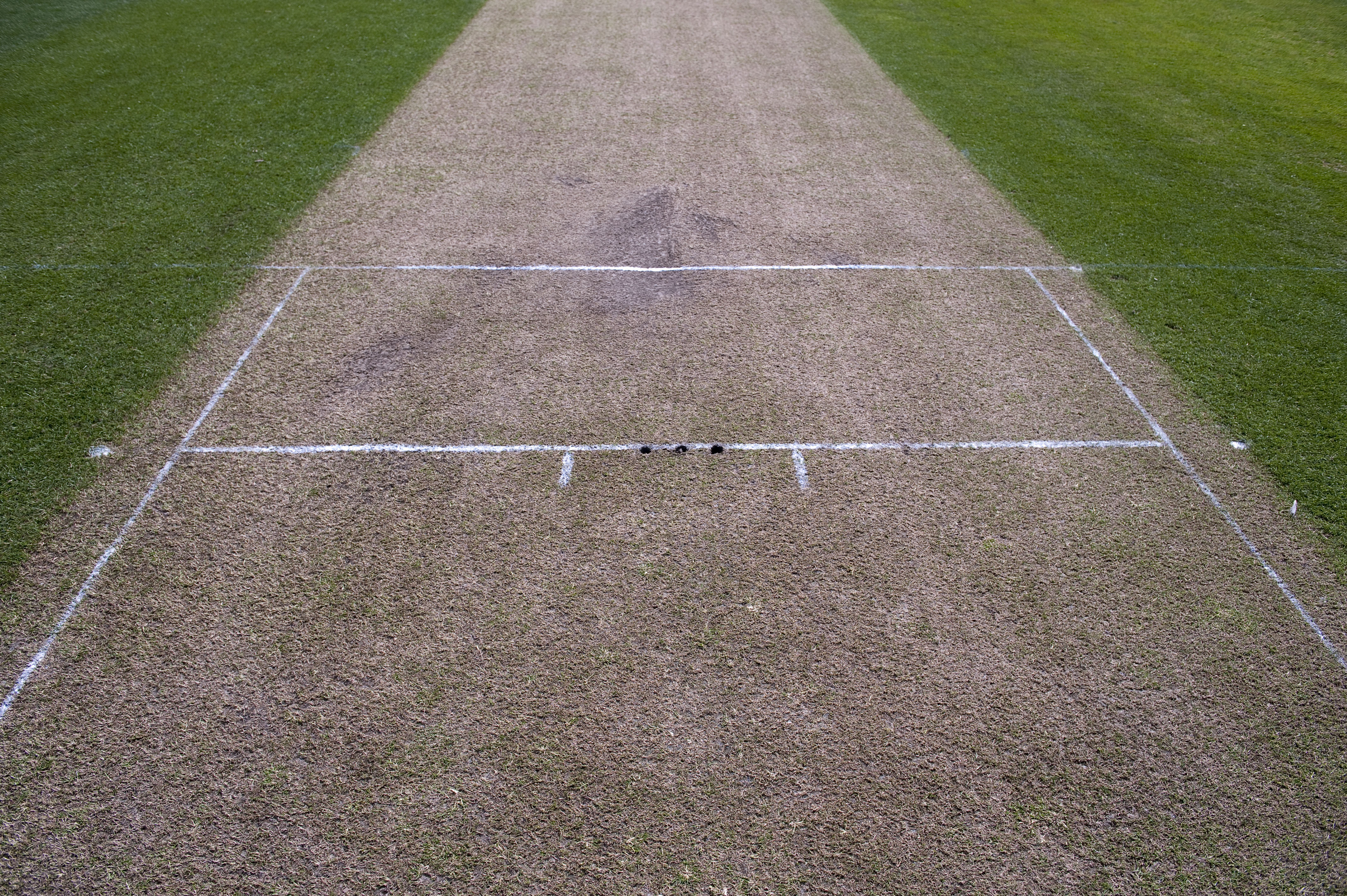It is very difficult to paint loose, dry soil – it will just stick and lift with the brush. To overcome this, you can:
- Sweep back to compacted soil (this can be difficult with some loams – you may end up creating a hole!).
- Dampen the soil with water and paint onto wetter soil.
- Increase the water content of your paint mix.
- Use spray paint rather than pain and a brush (but be careful to keep lines straight and consistent thickness).
- Rolling the soil damp can smooth the soil, making it easier to paint.



 Tweet
Tweet